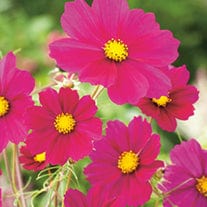- Flower Plants
- Flower Bulbs
- Flower Seeds
- Gardening Essentials
- Growing Advice & Inspiration
- Special Offers
Flower Bulbs
Flower Seeds
Gardening Essentials
Growing Advice & Inspiration
Special Offers
Item added to bag!
Your Basket
Spring 2026 Has Landed - Get Planning Your Beautiful Flower Garden Today
Spring 2026 Has Landed - Get Planning Your Beautiful Flower Garden Today
Spring 2026 Has Landed - Get Planning Your Beautiful Flower Garden Today
Spring 2026 Has Landed - Get Planning Your Beautiful Flower Garden Today
Spring 2026 Has Landed - Get Planning Your Beautiful Flower Garden Today
Spring 2026 Has Landed - Get Planning Your Beautiful Flower Garden Today
Spring 2026 Has Landed - Get Planning Your Beautiful Flower Garden Today
Spring 2026 Has Landed - Get Planning Your Beautiful Flower Garden Today
Spring 2026 Has Landed - Get Planning Your Beautiful Flower Garden Today
Spring 2026 Has Landed - Get Planning Your Beautiful Flower Garden Today
4 For 3 On ALL Seeds

£3.59

£3.59
Your basket is empty
Continue shoppingTaxes included. Shipping calculated at checkout.
Sign Up for Our Newsletter!
Find out the latest on all things Johnsons when you join our email list!
By clicking Sign Up you're confirming that you agree with our Terms and Conditions.

























